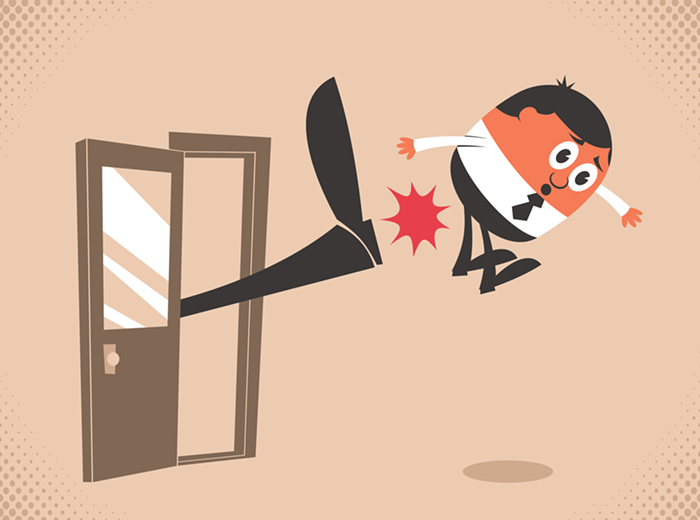LAST WEEK, Disjecta announced the first exhibition presented by the space's 2012-2013 curator in residence, Josephine Zarkovich. For this first show of the season, Zarkovich brought in Oakland-based artist Suzy Poling, who, according to the press release, "has created a series of large-scale experimental photographs and video installations that address issues of ecology, materiality, and regeneration" in an exhibition titled Elemental Forces. While Poling is an accomplished mid-career artist, she also makes cinematic drone/noise music under the name Pod Blotz, and the production techniques employed therein resurface in her visual work. Due to this conversation between sonic and visual languages, Zarkovich asked Liz Harris (AKA Grouper) and Pat Maher—two visual artists who also have roots as working musicians—to contribute to the exhibit.
Elemental Forces looks to be a promising opener to Disjecta's season. Curious as to where else Zarkovich is planning to take Disjecta's programming over the next 12 months, I hit up the curator with some questions.
MERCURY: Could you introduce yourself with some words about your past curatorial experiences?
JOSEPHINE ZARKOVICH: I am a contemporary art curator who moved to Oregon a year and a half ago from Oakland. I hold an MA in curatorial practice from the California College of the Arts, which is one of the few programs in the United States that focuses exclusively on curation. I've curated exhibitions at numerous Bay Area organizations and am currently running an alternative arts space inside Corvallis' Majestic Theatre.
Could you be more anecdotal/specific about particular projects?
A Universe We Can Believe In [was an] exhibition on science-fiction. This project moved a lot between "truth" and fiction. For example, a work by Trevor Paglen featured actual military unit patches and memorabilia created for top-secret programs, Kara Tanaka created sketches based on designs and prototypes of contemporary space exploration, and Gareth Spor broke down screenshots of the film 2001: A Space Odyssey until nothing was left but abstract landscapes.
[For another example], every fourth grader in California has to make a model of one of the California Missions as part of their curriculum. Make a Mission Project assigned this project to local artists and featured all 21 missions. Works included dioramas, film, painting, and installations that dealt with current social issues, something special about the locations (wine in Sonoma, the swallows that live in the walls of San Juan Capistrano) and some tackled the history of colonization the missions represent.
What sorts of issues or themes are you interested in as a curator?
My practice focuses on: thematic exhibitions, commissioning new work from experimental emerging/mid-career artists, engaging new audiences and exploring the intersection between popular culture and critical theory.
For example with the Make a Mission Project, I was really surprised that fourth grade is the point in the California educational system where children are being asked to tackle the complex issues around Spanish colonization, or at least in theory. The truth is that they aren't really because it isn't age appropriate.
Your first exhibition of the season is from Suzy Poling. Could you talk a bit about her and her work?
Suzy Poling is one of the top experimental photographers in the Bay Area. Her work combines themes of natural phenomena, mutation, and BBC science-fiction. For Disjecta, Poling has created a series of large-scale photographs and video installations influenced by her work as an experimental musician and performer.
What else do you have cooking for Disjecta?
While not formally linked, there are some shared themes that connect the major exhibitions that I am organizing for Disjecta. After Suzy Poling, we will present an exhibition of Portland-based artists in conversation with Ursula K. Le Guin's 1971 novel The Lathe of Heaven, followed by a massive installation by Chris Fraser and a group show exploring afro-futurism.













